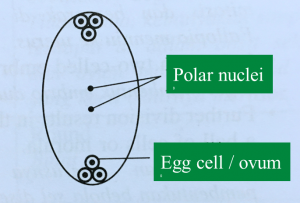Question 6:
Liza had 360 apples. She sold ⅝ of the apples. Then she gave 27 of the remaining apples to her neighbour.
Calculate the percentage of apples that Liza has left.
Solution:
Liza had 360 apples. She sold ⅝ of the apples. Then she gave 27 of the remaining apples to her neighbour.
Calculate the percentage of apples that Liza has left.
Solution:
Question 7:
Mei Ling took part in a science quiz competition. She answered 12 questions correctly. She answered 25% of the questions incorrectly.
Find the total number of questions in the quiz.
Solution:
Mei Ling took part in a science quiz competition. She answered 12 questions correctly. She answered 25% of the questions incorrectly.
Find the total number of questions in the quiz.
Solution:
Question 8:
Diagram below shows the prices of two items.

Kenny buys a pair of track pants and 2 pieces of sweaters.
Calculate the total amount Kenny has to pay.
Solution:
Diagram below shows the prices of two items.

Kenny buys a pair of track pants and 2 pieces of sweaters.
Calculate the total amount Kenny has to pay.
Solution:
Question 9:
Table below shows the prices and the discounts for the same brand of school bag sold at four shops, P, Q, R and S.

Which shop offers the cheapest price?
Solution:
Table below shows the prices and the discounts for the same brand of school bag sold at four shops, P, Q, R and S.

Which shop offers the cheapest price?
Solution:
Question 10:
Table below shows dividend received by Janice from her investment.

Janice reinvests RM204 from the total dividends she received into ASB investment.
What is the remaining percentage that she did not use in her reinvestment?
Solution:
Table below shows dividend received by Janice from her investment.

Janice reinvests RM204 from the total dividends she received into ASB investment.
What is the remaining percentage that she did not use in her reinvestment?
Solution:










